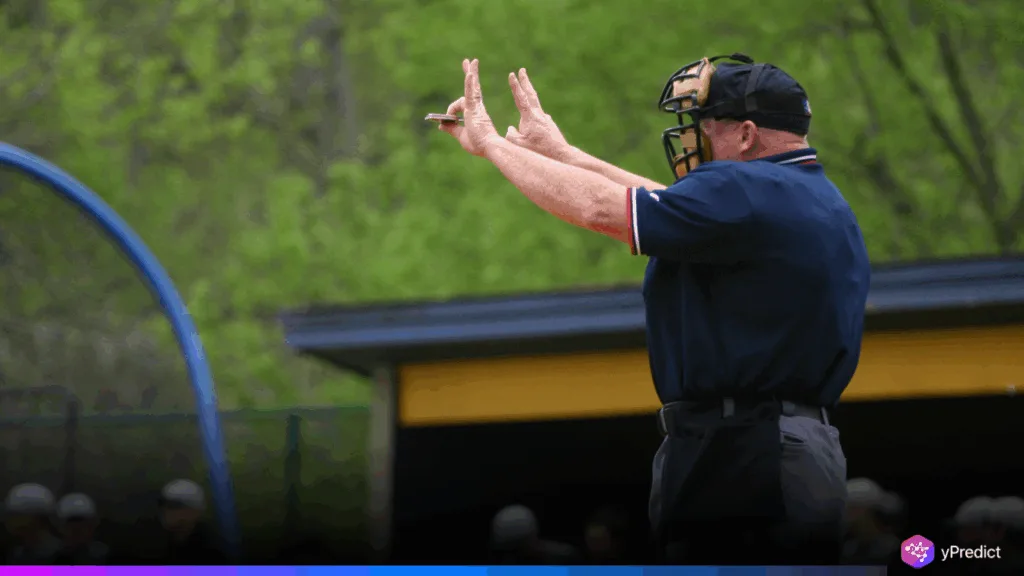
The Automated Ball-Strike System (ABS), also called AI umpires, is no longer theoretical. Following years of experimentation in minor leagues. The organizers introduced the system on a large scale in the 2025 MLB All-Star Game on a challenge basis. The teams could challenge two calls per inning, and they retained each correct call. Although many perceive this as a significant step towards greater adoption, it does not guarantee that the entire implementation will be completed. There are still complications concerning the definition of the strike zone. The playability of systems and the maintenance of the human aspect of the game. Nonetheless, the pace is increasing, and the league-wide usage may be available as early as 2026.
AI-Driven Officiating Takes Center Stage in Baseball’s Rulebook Evolution
The Automated Ball-Strike System (ABS) is a high-precision system designed to measure pitch position by use of special cameras and software. First tested in minor league parks as of 2019, ABS has gone through numerous trials, including full automation and hybrid. By 2024, a challenge system started to emerge with human umpires continuing to make the decision, but with human players having the ability to challenge the decisions, which would result in an immediate review by ABS.
In 2025, MLB tested this system in 13 baseball spring training stadiums. Each game featured two challenges for the players and managers, and the League eventually used this in the All-Star Game. The players and managers commended the system for its efficiency and accommodating format for strategy, although the system did not create alienation as a fully automated umpire system might. Rob Manfred and Smith urged the League to approve ABS and allow it to be implemented in the regular season starting as early as the 2026 season. The idea is straightforward: to eliminate lost calls and not to cannibalize the culture of manned officiating.
Strike Zone Disputes, Technical Limits, and the Human Factor in Question
Despite ABS’s promise, key challenges persist. The strike zone, once defined loosely by a human’s eyes, now must be programmed to adapt to batter height, stance, and swing mechanics, variables hard to standardize. Pitch framing, a longtime catcher skill, risks being devalued. And while accuracy is improving, system delays and occasional anomalies still affect gameplay. These issues stalled regular-season rollout in 2024, with the league opting for further trials.
There’s also the cultural clash: baseball fans and insiders are deeply tied to the sport’s traditions. Some players welcome the tech as a fix for inconsistent calls. Others say it breaks the game’s rhythm and undermines umpire authority. On the economic side, MLB denies cost-cutting motives, but automation naturally implies fewer high-paid umpire roles in the future. Strategic dynamics are shifting, too. There is also a level of game theory on the part of the managers in which they have to decide when and how to dispute a call. It is similar to VAR in soccer or Hawk-Eye in tennis, but baseball is so fast and subtle that it is difficult to achieve.
Technology May Sharpen the Strike Zone, But Trust Must Follow
MLB’s introduction of AI umpires through the ABS challenge system signals a future where technology supports, not supplants, officiating. After a successful All-Star Game trial and ongoing spring training use, the system shows promise, but not perfection. Full rollout by 2026 hinges on resolving technical hiccups, standardizing the strike zone, and gaining player and fan trust. The league’s preference for a hybrid model, humans calling plays with optional AI review, may be its best bet. What’s clear is that baseball is entering a new era, one where tradition and innovation must learn to coexist in every called strike.






